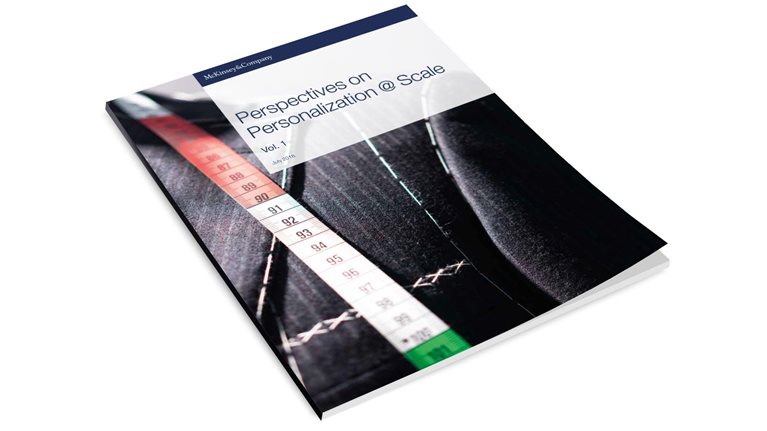As viewers have more and more video content to choose from, there is a growing need for broadcasters and publishers to do a better job of personalizing ads and keeping audiences engaged. In this interview with McKinsey’s Marc Brodherson, Field Garthwaite, the cofounder and CEO of video programming and personalization platform IRIS.TV, discusses how marketers can use machine learning and contextual data to target relevant streams with branded content. An edited transcript of his remarks follows.
Transcript
I think what has changed dramatically today is that everyone expects there to be personalization. We believe that media companies have a material advantage in that they have higher-quality content. They have content that’s in demand as exclusive.
But they have yet to catch up on that kind of user-engagement experience. So, having a better overall utilization of how frequently you’re serving ads and how you’re targeting content to different viewers is resulting in much higher session times. And there’s been a big kind of shift in the industry recently where we’ve found that, historically, there’s been no connection between the actual video-content serving and the ad serving.
As you start to merge these two pieces of infrastructure, you can start to make more intelligent decisions about how you’re keeping audiences on your site.
At IRIS.TV, we’re a video programming and personalization platform that keeps audiences engaged with video streams, on publishers’ and broadcasters’ owned and operated sites and apps. We do this through machine learning, effectively as a brain that sits on top of their video infrastructure.
The opportunity for marketers today is that they can actually be relevant to the content that they’re surrounding and not invasive. It comes from being able to ingest and enrich the data on video assets to then ensure that you have the data to target ads appropriately.
For marketers inside media companies, there’s also a big shift occurring, which we think is really exciting. Historically, because you have video players on web, mobile apps, and OTT [over the top], you have all these different environments where it’s difficult to capture and structure and standardize all the consumption behavior. We’re now doing that as a result of our personalization. This same data, you can use it to then target emails—for example, to reengage audiences with banner ads.
This is critical at the outset when you’re launching, say, a subscription VOD [video on demand] offering. Personalization is kind of a standard feature set, not just an add-on.
We believe, as you get smarter infrastructure with the use of machine learning and having contextual data, that you can target relevant streams with branded content. You can bring forth travel content in a way that’s native and relevant in the video-stream experience. It’s a much better overall offering, not only for the publisher, in keeping the audiences around, but also for the marketer and for driving results and higher levels of brand affinity.
The other opportunity is with brands that are seeking to distribute this into brand-safe environments. In 2019, what we’re anticipating is that all this contextual data that’s been pent up in some systems and not really available to advertisers, historically, for video advertising, is going to become available.


